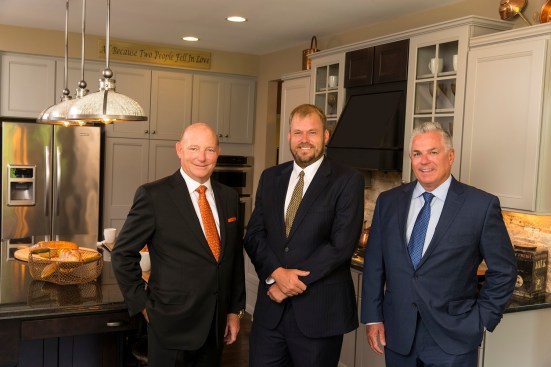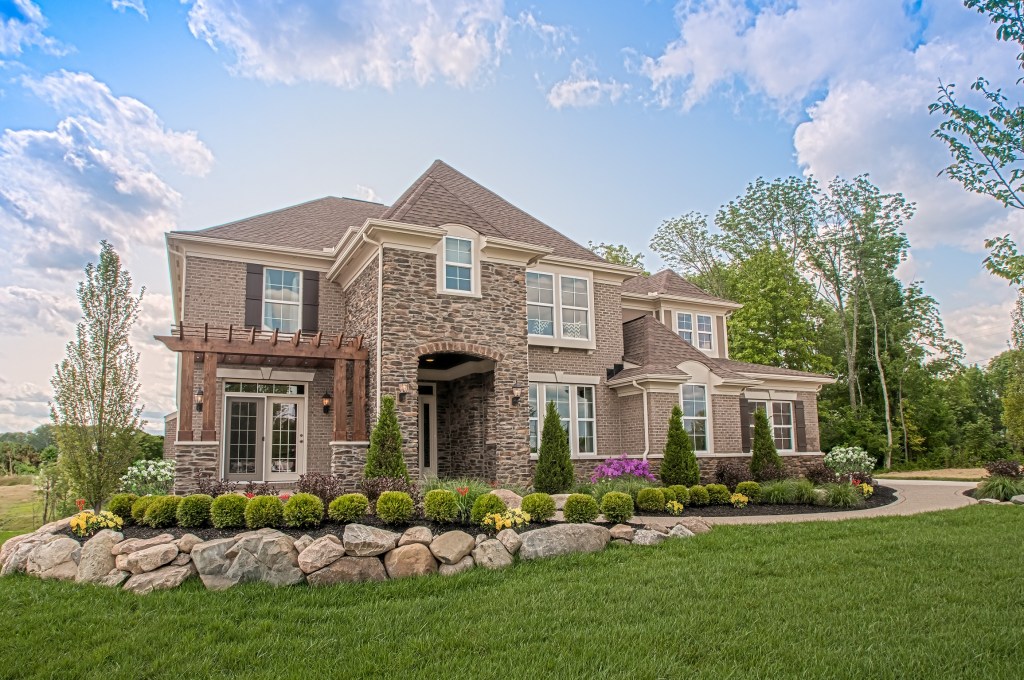Fischer Homes posted massive first quarter numbers this year highlighted by a 40% jump in year-over-year sales. Executives for the Erlanger, Ky.–based private builder say that while the increase in sales was larger than expected, it didn’t happen by accident.
In fact, it’s the result of years of planning.
In the doldrums of the recession when many builders were focused on keeping the lights on, Fischer was meticulously researching its next land purchases. “We strategically placed our land positions in the way of the recovery,” says president and COO Tim McMahon.
Fischer, McMahon adds, is a data-driven company that examines metrics like population, household formation, employment growth, and which price points are selling fastest. “We’ve been very strategic about this recovery,” he says. “A lot of that work dates back to 2008 to 2010.”
That was when Fischer bore down and began to map its course for the next decade-plus. “We went and looked at where people want to buy and what schools they want to send their children to, and then you start digging into the demographics and what they can afford to buy,” adds McMahon. “So those questions and the data that supports those questions became a really intricate part of where we placed our chips on the table as far as land positions.”
Fischer executives get their demographic information from a combination of sources including U.S. Census Bureau data, housing market research firms like Metrostudy, and local market knowledge, he adds.
Doing so much legwork during the recession has paid dividends this cycle. Fischer sold 528 homes in the first quarter, compared with 378 over the same stretch last year. In 2016, it closed 1,345 homes and shot up to No. 38 on the Builder 100 list.
“When you deliver it’s always fun to smile and say a great plan came together,” McMahon says. “We put detailed budgets together each year and we challenge ourselves with a stretch goal. That 40% was in line of what our stretch goal was.”
The actual goal Fischer was looking to hit in the first quarter was somewhere between 20% and 25%, says CEO Bob Hawksley. “We expected to see some growth year over year, but what I think also aligned is that we started to see better community level performance across all the product segments. It certainly was stronger than we expected.”
Fischer’s portfolio consists of entry-level homes priced in the high $100s, move-up and empty-nester homes, and semi-custom homes that can fetch more than $1 million. The company builds in five markets: Indianapolis; Cincinnati/Northern Kentucky; Dayton and Columbus, Ohio; and Atlanta. It is known for putting a lot of effort into its streetscapes and overall community presentation, McMahon says, by offering a variety of floor plans and elevations that feature in-demand color choices and top-quality landscaping.
“We have quite an expansive portfolio and part of our strategy is to introduce the portion of that portfolio that applies to that part of the market geographically,” he notes.

Chris Cone
From left: Bob Hawksley, CEO, Greg Fischer, co-chairman, and Tim McMahon, president, are pleased with the company’s first-quarter performance.
New Markets
Much of Fischer’s growth has come since the housing market crashed, starting with its Columbus expansion in 2008. “A lot of people were exiting and we entered,” says McMahon. “We were able to take advantage of some
opportunities as far as land positions at that time. As the market started to recover we’ve continued to add to those positions.”
In 2009, Fischer moved into Indianapolis at a time, according to McMahon, when the land market presented an opportunity for a new division with some capital behind it. The firm was disciplined in its approach and developed what was needed to fill demand while also planning for future development, he says.
In 2012, Fischer made what could’ve been considered an eyebrow-raiser. It started a division in Atlanta, outside its Midwest comfort zone and in a market that featured large public companies like D.R. Horton and Lennar, which have established land positions and customer bases.
The reason Fischer was able to move into Atlanta? McMahon says the company’s centralized operation was key. From the friendly confines of Kentucky, Fischer runs its back-office operations, including its accounting, architecture, human resources, and purchasing departments. That allows it to cut down on overheard costs and launch divisions quickly, McMahon adds.
“In order to leverage your architecture and purchasing you need to be in markets with similar product offerings,” he says. “We’re a dominant Midwest builder, but the building practices, the buying process and decisions, the architecture is not too different in Tennessee, the Carolinas, Georgia.”
One of Atlanta’s main attractions for Fischer is the fact that it is outside the Midwest. “We were able to move into Atlanta and we looked at other markets that we can use our existing architecture with minor changes to it and be very competitive in that market,” he says.
“Atlanta’s a hard place because of the nationals, but we can offer a different value proposition and be successful,” McMahon adds. Fischer currently offers a variety of homes in Atlanta starting in the high $100s. “Certainly being in the right locations with the correct product to meet buyers’ needs and desires is a key factor,” he says, “so our strategic approach to acquiring land at the right value in growing areas and serving unmet demands has been a critical component to our success.”
According to Hawksley, the company “took some lumps” early on in Atlanta after hiring some subpar trade vendors, but now the division is running smoothly. It closed 149 homes there in 2016 and is on pace for 225 this year.
“There’s plenty of opportunity for us to not only be successful in a market like Atlanta, but to consistently grow our footprint in a conservative manner,” he says. “We’re not out be the No. 1 builder in Atlanta, we just want to get to scale and run a successful division that delivers quality [homes], makes customers happy, and certainly delivers financial results.”



